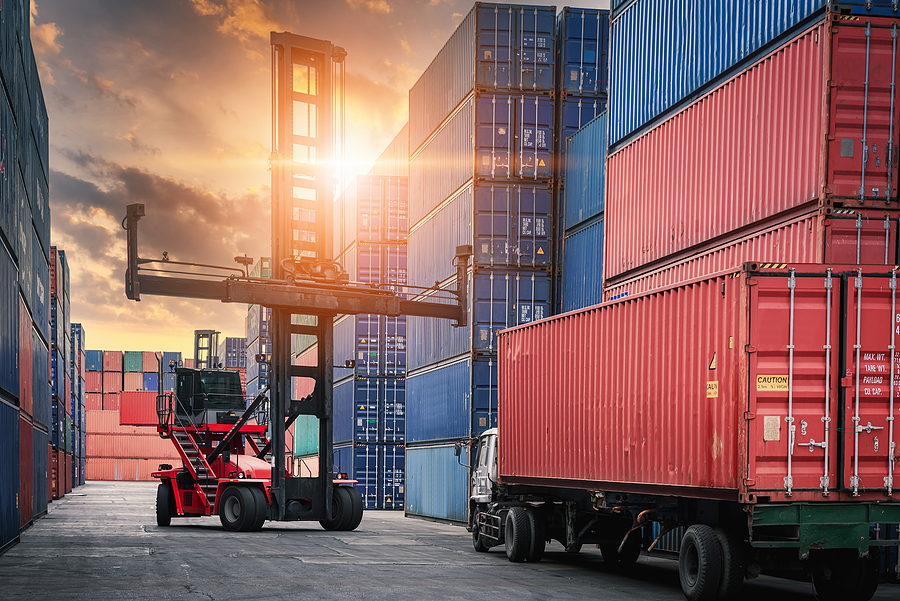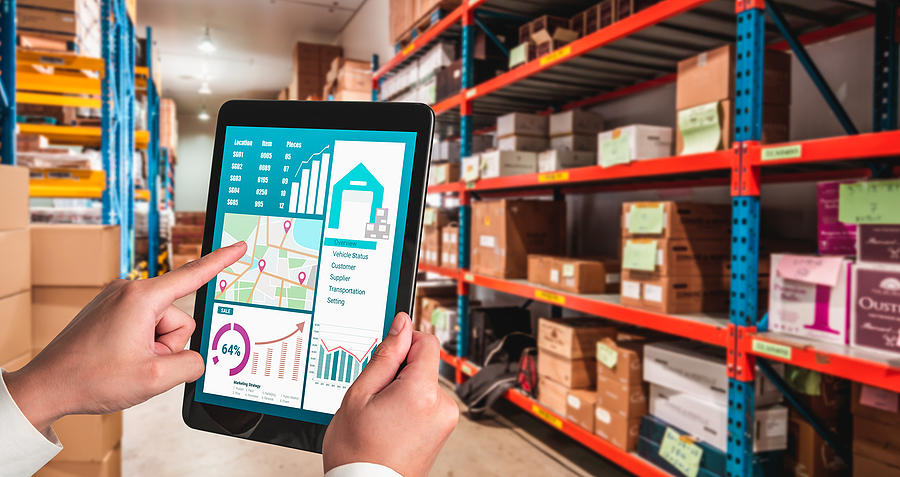FlexTrades works with manufacturers of all kinds — from aerospace and automotive to food production. Some of our clients make frozen pizza. Others make snack cakes, breakfast foods, plant-based proteins, or prepared meals. The point is, we’re all pretty spoiled by the convenience of walking into a grocery store and grabbing whatever we want — frozen, fresh, or refrigerated.
But it wasn’t always like this.
Before the modern freezer, cold food storage meant digging holes in the ground, building underground cellars, or relying on blocks of lake ice stored in ice houses. The result? Slow freezing. That process formed large ice crystals, which caused food to become watery and tasteless once thawed.
Enter: Clarence Birdseye, the man who changed the game.
Clarence Birdseye: The Father of Frozen Foods
Clarence Birdseye got his start not in food, but in fur trading. While working in Canada, he noticed that fish caught by local Inuit froze instantly in the subzero air. Even months later, once thawed, the fish tasted just as fresh.
That moment of observation sparked a theory — fast freezing retains food’s texture and flavor better than slow freezing. Clarence tested his theory and proved it right, not once but twice.
Birdseye’s First Method: Calcium Chloride Brine
In his first innovation, Clarence developed a process using calcium chloride. Here’s how it worked:
- Packaged food was placed between two metal belts
- The belts were cooled to between -40°F and -45°F using a calcium chloride solution
- The food froze almost instantly
This led to his first business — Birdseye Seafood — where he patented his process for freezing and storing fish.
His system included:
- A refrigerating tank with calcium chloride brine
- Containers to freeze fish fillets into solid blocks
- Wax paper packaging for preservation
- An insulated shipping container, later used in refrigerated railcars and grocery store display cases
Fun fact: Clarence also patented his refrigerated boxcar, laying the groundwork for modern cold-chain logistics.
From Bankruptcy to Breakthrough
Birdseye’s first venture went bankrupt. But he didn’t quit. He sold his and his wife’s life insurance policies and secured investment funding to launch again — this time with General Seafood Corporation in Gloucester, Massachusetts.
There, he developed a second freezing method, and this one stuck.
Birdseye’s Second Method: Ammonia and Innovation
This method used ammonia evaporation instead of calcium chloride. The process:
- Packaged food was placed between hollow metal plates
- Ammonia chilled the plates to between -25°F and -40°F
- Fruits and vegetables froze to 0°F in 30 minutes, meats in 75 to 90 minutes
In 1929, Birdseye sold General Seafood Company — along with his fast-freezing patents — to Postum Cereal Company for $22 million (over $358 million today). Postum changed its name to General Foods Corporation and made Clarence president of its new Birds Eye Frosted Foods division.
Soon after, Birds Eye began rolling out frozen spinach, cherries, meats, and peas. That was just the beginning. Today, Birds Eye makes everything from frozen vegetables and sauced sides to full skillet meals and cauliflower wings.
An Inventor, a Naturalist, and a Relentless Innovator
Birdseye’s story began in Brooklyn in 1886. At age 10, he started his first business by trapping muskrats and selling them to a British lord. At Amherst College, he sold frogs to the Bronx Zoo to pay tuition. When that didn’t work out, he became a fur trader in Labrador and later worked as a naturalist for the U.S. government in the Arctic.
That’s where he got the idea that changed food manufacturing forever.
Through it all, Birdseye remained humble. His words say it best:
“I do not consider myself a remarkable person. I am just a guy with a very large bump of curiosity and a gambling instinct.”
Want to Learn More About Food Manufacturing?
Check out the FlexTrades blog for more How It’s Made stories — including articles on mystery flavored suckers, cheese, plant-based burgers, and even Spam.















